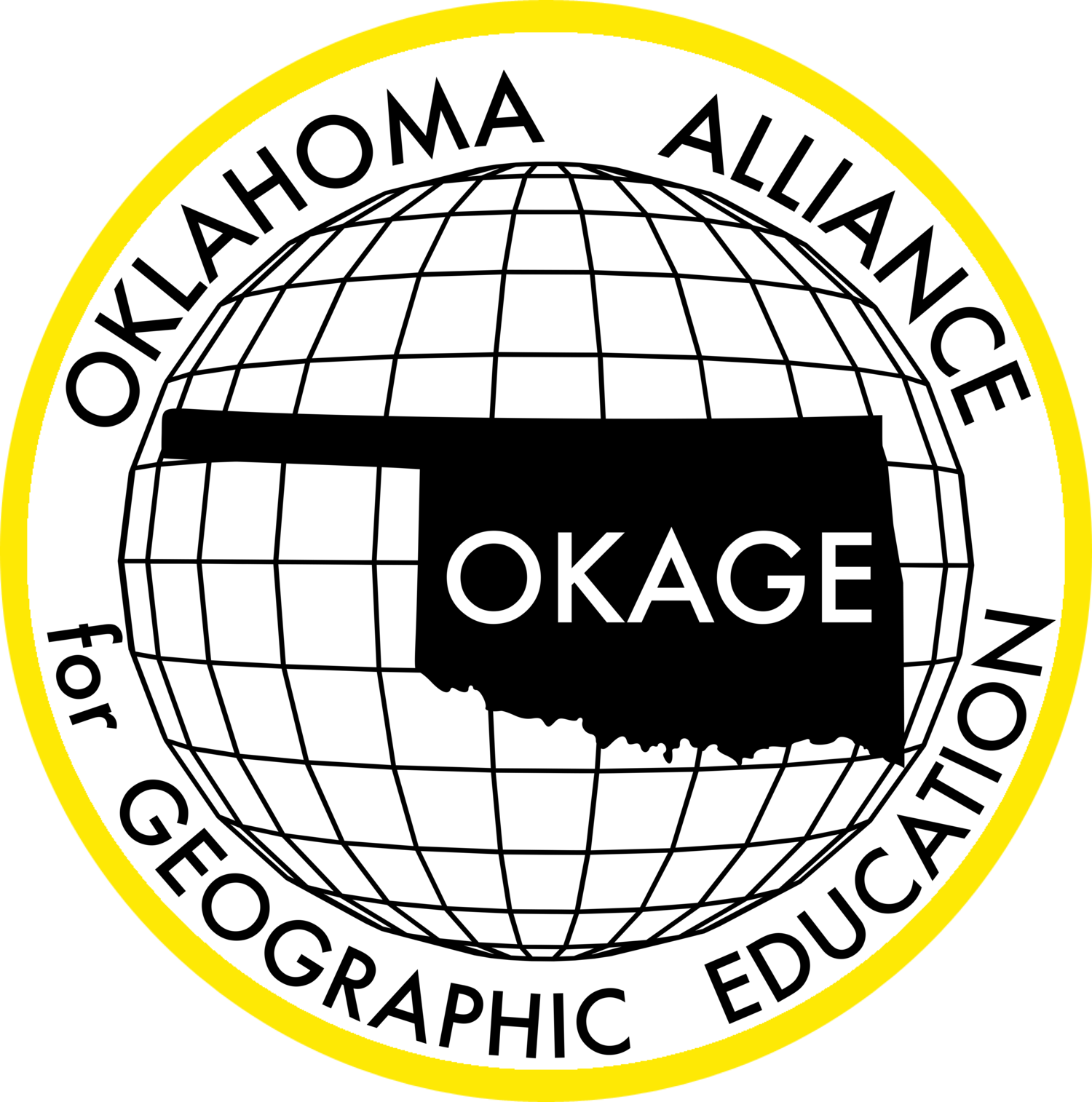Universal Rights of the Child to Remain with Their Parents
Description: The ability to evaluate controversial issues is an important life skill of citizenship for all individuals. Using age appropriate lessons, teachers can help students learn how to use critical inquiry and higher levels of thinking to gain an understanding of sensitive issues, the stakes and stakeholders involved, and relevant viewpoints. In this lesson, students will learn about UNICEF’s Rights of the Child, focusing on the right of children to remain with their parents (with exceptions being in cases of abuse, neglect, or specific parental custody placement). Using examples from past history, as well as current events, students will gain an understanding of consequences when this right is violated, and respectfully participate in discussions with others when different viewpoints are expressed.
Grade level(s): Elementary, Middle School
Standards: GFL, OAS
Produced By: Lynn Tilley
Lives on Hold: Teaching the Refugee Crisis
Description: More people today have been forced to flee their homes by conflict and crisis than at any other time since World War II. Through this collaborative, hands-on lesson, students will simulate facets of involuntary migration and displacement. The resources provided allow students to engage with authentic situations experienced by asylum seekers, helping them to better empathize with and understand the plight of refugee families.
Grade level(s): Middle School Standards: GFL, OAS
Produced By: Taylor Woodard
Developing Critical Literacy Skills While Examining Controversial Topics
The Deforestation Balancing Act
Description: The objective of the lesson is to examine the evidence linking deforestation to the controversial topic of climate change. Using the essential question, students will demonstrate an understanding of the causes of deforestation, including its role in global climate changes of the present and future. Students will conclude their investigations in a simulated climate conference, during which they will utilize geographic information and facts to support their views toward this controversial topic.
Grade level(s): Elementary, Middle School
Standards: OAS, GFL
Produced By: Pam Merrill
Geography 101 LiveBinder
Description: This LiveBinder provides a crash course in teaching Geography. Topics include the Five Themes of Geography, using data and maps, population, GIS resources, and more!
Grade level(s): Elementary, Middle School, High School
Standards: OAS, GFL
Produced By: Pam Merrill
Teach a Man to Fish - Controversies Surrounding Foreign Aid
Description: Students will analyze the major controversies surrounding the rationale and impact of foreign aid to developing regions in order to formulate informed opinions and effectively engage in deliberations regarding financial assistance to growing economies.
Grade level(s): Middle School, High School
Standards: GFL, OAS
Produced By: Pam Merrill
Rich or Poor: Barriers and Paths to Development
Description: Students will examine basic reasons why some nations and regions develop while other do not, including analysis of the factors used by geographers to measure human development and two opposing models toward development, historically and currently utilized by developing nations’ leadership toward reaching economic progress. Use of real-world families from selected developed and developing regions serve as the catalyst for student investigations.
Grade level(s): Middle School, High School
Standards: GFL, OAS
Produced By: Pam Merrill
Gridiron Geography - 2018
Description: Using the Big 12 Football schedule as a guide, your students will learn about the geographical and historical significance surrounding the participating teams' campuses, home cities or towns, home states, mascots, players, and more!
Grade level(s): Upper Elementary, Middle School, High School
Standards: GFL
Produced By: Ginny Rohr, Jeff Woolsey, Pam Merril, Janet Hall, Jeffery Widener, LeaAnn Wyrick, Jacob Rosecrants, and Brenda Chapman.
Dust to Dust: The Changing Face of a Desert
Description: The study of geography, history, and the social studies in general, provide ample opportunities for students to evaluate the positive and negative consequences of human modification the Earth’s surface through the use of limited and non-renewable resources. This lesson focuses on the ways imported technology rapidly transformed the arid environment of the Arabian Peninsula, only to be transformed again by human mismanagement of fossil aquifers just a few decades later.
Grade level(s): Middle School Standards: OAS, GFL
Produced By: Pam Merrill












